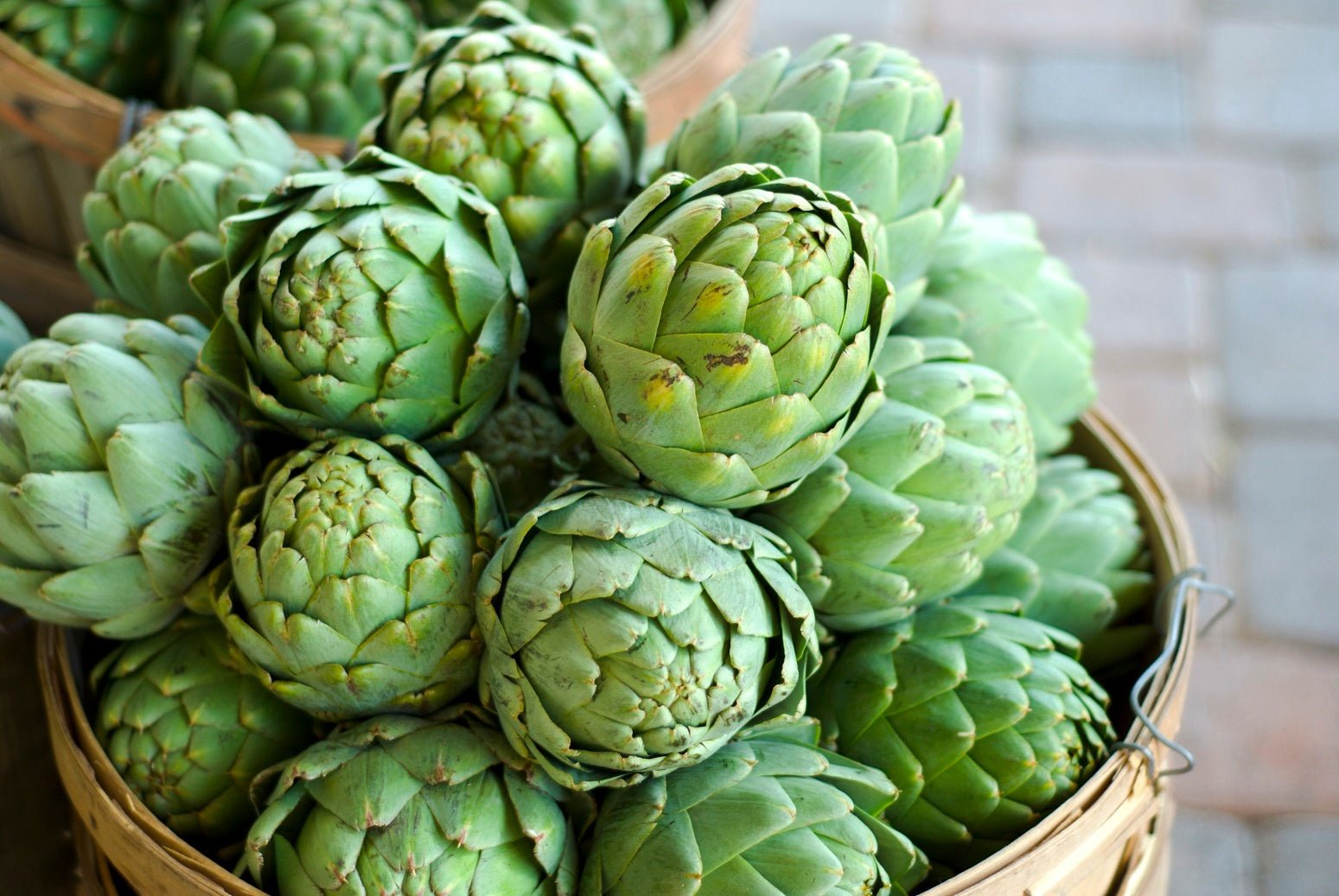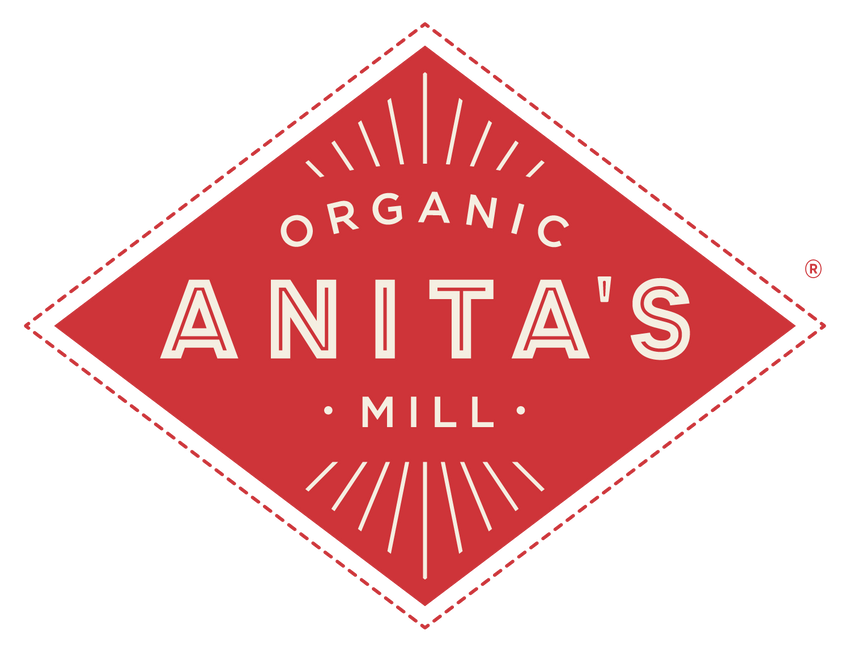
Seasonal Produce: Spring Veggies & How To Cook And Eat Them
n
n
n
nn n nn
nSpring is almost upon us, and in my opinion it’s one of the best seasons to get into the kitchen. Long gone are the heavy, wintery comfort foods soon to be replaced by lighter, healthier vegetable and fruit based dishes. Experimenting with fresh, seasonal produce when they are perfectly ripe can turn an otherwise simple dish into something spectacular, brimming with flavour.
n
Tags:
Spring is almost upon us, and in my opinion it’s one of the best seasons to get into the kitchen. Long gone are the heavy, wintery comfort foods soon to be replaced by lighter, healthier vegetable and fruit based dishes. Experimenting with fresh, seasonal produce when they are perfectly ripe can turn an otherwise simple dish into something spectacular, brimming with flavour.
My favourite spring cooking indulgence is going to the local farmers markets where I get inspired by the vibrant, colourful vegetables. Using a variety of seasonal spring ingredients not only makes for beautiful food but allows you to utilize the produce when it’s at its peak in flavour, ultimately making your meals that much more delicious.
There are the obvious foods that we look forward to each year such as sweet garden peas or long, leafy spinach. However, quite a few vegetables often get overlooked because they have odd shapes or you simply don’t know what to do with them. Have no fear!
Here are some top tips and quick recipe suggestions to guide you through the spring cooking season.
1. Asparagus
What Is It?
A sure sign of spring, asparagus are one of the more common vegetables you’ll find at the farmer’s stall or grocery aisle. When in season, green, purple and white asparagus have a delicate bright flavour with slight acidity. Whether you roast, steam or grill them, asparagus have a tendency to go well with many foods such as salads, grilled fish and meats or even pasta.Recipe Ideas:
-
Try grilling them gently with olive oil, salt and pepper for an easy breakfast
-
Finely slice them and sauté alongside onion, garlic and cherry tomatoes for a quick, spring pasta sauce
2. Fava beans
What Is It?
Fresh from the pod fava beans are beautifully bright green, nutty and clean tasting. Though they can be a bit of a hassle to prepare, as you need to pod them and remove the outer shell before blanching, the effort is well worth it for these jade gems.Recipe Ideas:
- Fava beans are delicious tossed through grain salads or lightly mashed with lemon juice and zest
3. Artichokes
What Is It?
Although notoriously difficult to prepare, artichokes are the most intriguing spring vegetable. Actually the bulb of the flowering plant from the thistle family, you need to peel back quite a few inedible green petals to reach the softer yellow ones and the heart, also known as the choke.Recipe Ideas:
- The easiest way to prepare this armor-clad vegetable is by steaming or roasting whole. Simply cut ¼ off the top and the stem, snipping away any thorny bits with scissors.
- Patience is a virtue when it comes to cooking times, and the larger artichokes can often take 30-40 minutes, but half the fun is discovering the fleshy meat as you peel back the layers when its cooked and tender.
4. Fiddleheads
What Is It?
The curled edible shoots of the ostrich fern plant; fiddleheads are an early spring delicacy, which last a very short time.Recipe Ideas:
- Blanch them in boiling water for 2 minutes before draining and plunging in an ice bath to prepare them for cooking. This helps to remove the bitterness and make them edible as eating them raw can cause illness.
- Sautéed with garlic and butter, fiddleheads make the perfect accompaniment for fresh risotto.
5. Garlic Scapes
What Is It?
Garlic is one of the most versatile ingredients out there, and the first signs of its maturity arrive in early spring via garlic scapes. These long sprouted stalks arrive from the hard-bulb garlic plant before it flowers.Recipe Ideas:
- Wonderful to cook with as they have a mild garlicky flavour without the sharpness, scapes are perfect for pestos, marinades and even as faux skewers for the barbecue.
- Try roughly chopping and blending with toasted pine nuts, parmesan cheese and olive oil for a delicious, alternative pesto.
6. Samphire
What Is It?
Marsh samphire is one of those unexpected flavour bombs. Also known as sea asparagus, it’s actually a marsh plant that grows by rocks on the sea and must be picked before it flowers.Recipe Ideas:
- Salty with a distinctively crisp taste, this seasonal seaweed looking vegetable is great raw or boiled and paired with white fish.
Would you like to be the first to hear about our new products and more? Sign up for our Nature’s Path Newsletter.








